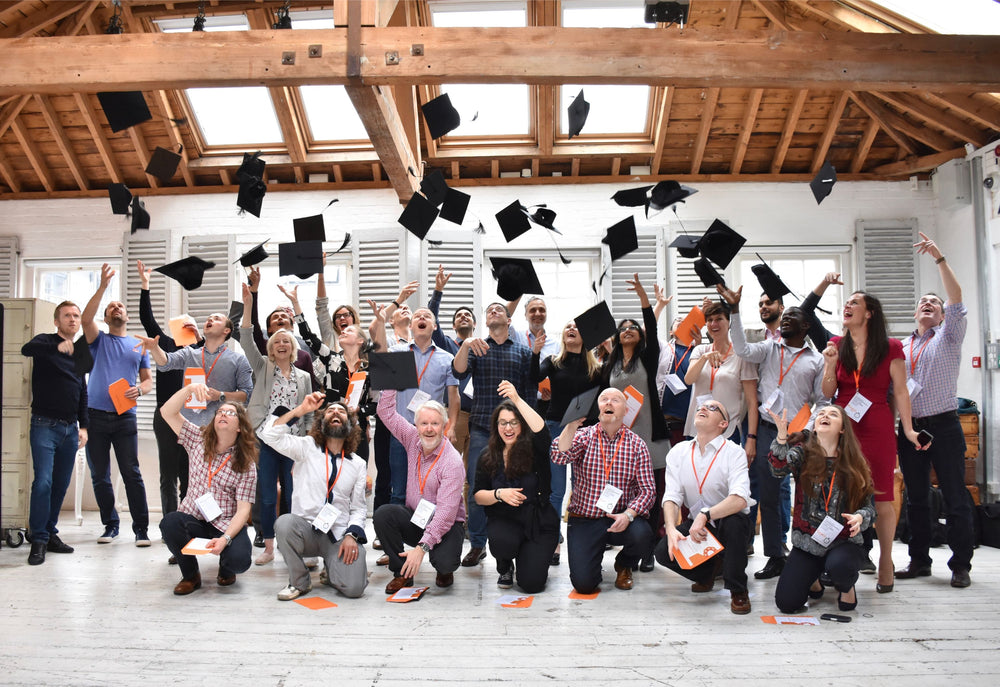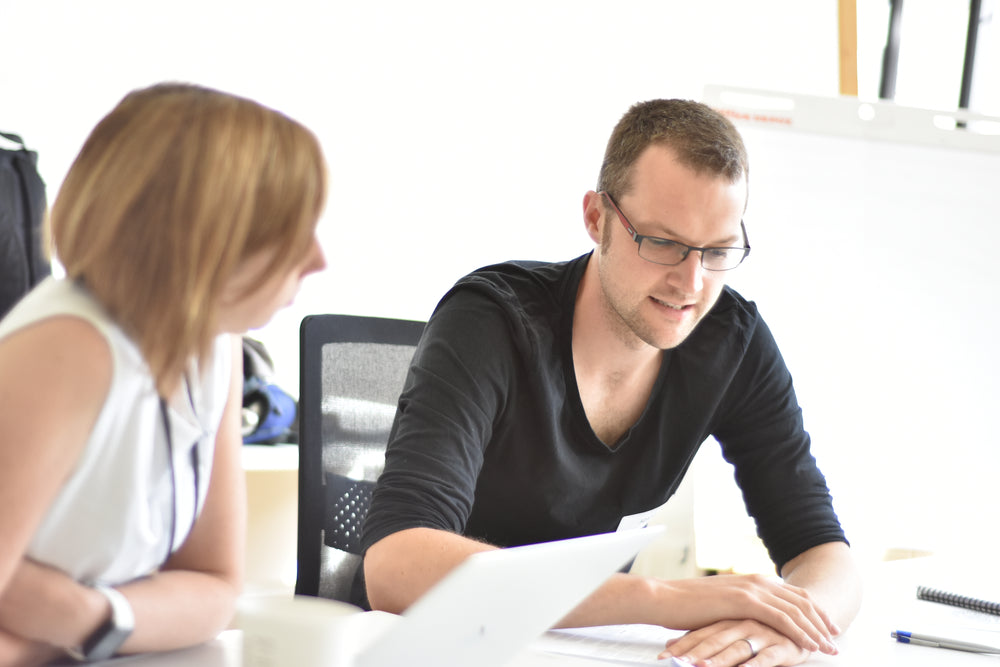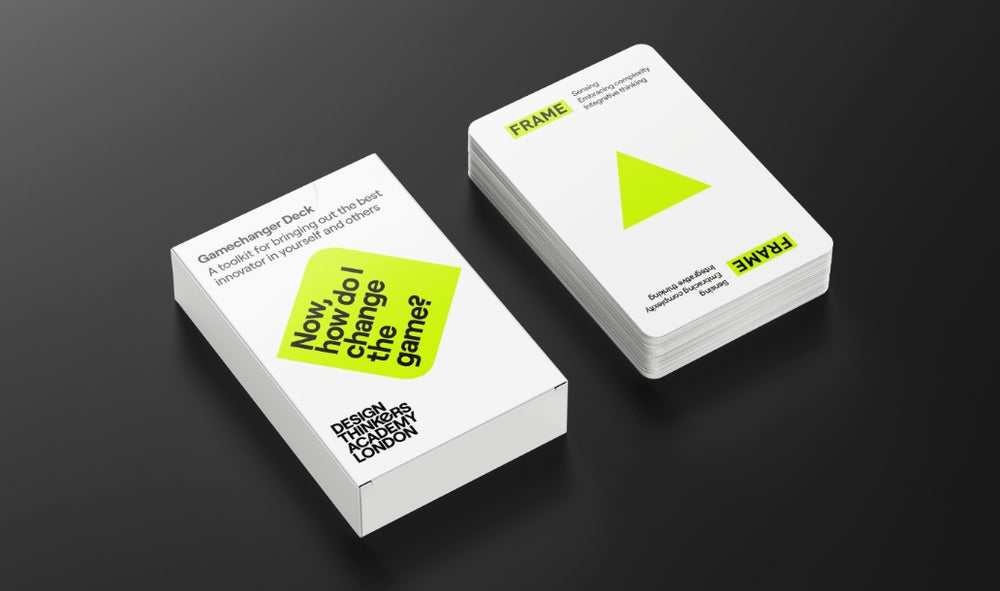What is ethnography?
Ethnography is the study of human interactions and behaviours. It uses qualitative research methods, gathering data through shadowing, observation, and interviews. The approach takes care not to influence results and build as deep an understanding as time allows. Traditionally, ethnographic research was part of anthropology, the academic study of humanity, evolutionary history, society, and culture. It focusses on depth and technique not volume. Now designers have come to realise its usefulness in revealing insights for innovation, transformation, and service and product design.

We teach ethnographic research techniques on our courses at the Design Thinkers Academy London and use them in our own consultancy work. For us part of the beauty of this type of qualitative research is that, relatively small samples, can produce valuable insights, making the approach affordable. It is not necessary to prove that what you are finding is statistically significant. Instead, you are looking for pain points that customers and end-users encounter during their interactions with your organisation’s services or products. In a design context, ethnography’s purpose is to spark ideas for ways you could innovate or improve a service, product, or experience.
Becky Rowe, Ethnography coach on our design thinking Bootcamps and Head of Research at award winning strategic research agency Revealing Reality, sums up the value of using Ethnography for innovation very well.
“Many professional disciplines already depend on the ability to evaluate and ‘edit’ information… By contrast, the ability to widen perspectives and uncover new possibilities is often an area where people lack experience or confidence”
The design thinking process relies on alternate divergent, then convergent thinking. For many of us, the task of convergent thinking comes relatively easily but most of us have less experience of looking at challenges from diverse perspectives. Good ethnography brings diverse perspectives and insights into the mix as a source of inspiration.
10 tips for good ethnography
- Design the right research team for the project – Wherever possible use diverse research teams with a mix of genders, ethnicity, and ages. This provides greater diversity of interpretation and viewpoints, sparking more discussion and innovation. For sensitive topics you may need to select researchers with lived experience of the topic to help build trust. When we were appointed to research the extent and impact of racism in higher education for the Welsh Government, we built a research team that included members of a local ethnic minority youth support charity. These young adult researchers approached the topic from a place of understanding and helped us to interpret results.
- Research respondent diversity - We always aim to involve a representative group of people for the demographic we are interested in, including the most marginalised and affected users. Designing to meet the needs of the most affected users generally benefits other users and leads to greater innovation. For example, we have found that designing wayfinding and transport services to work for those users with reduced mobility and hidden disabilities such as poor eyesight or hearing, results in helping all users to navigate more easily.
- Hypothesis amnesty – With ethnographic research, a hypothesis is something that you, or the stakeholders commissioning the research, believe you already know, or can deduce, from information you already possess. Before research begins, it is helpful to run an interactive workshop with stakeholders to flush out the assumptions that exist between you all, ready to then test them in the field. The goal is to eliminate wrong assumptions early or save valuable time, if your hunches prove correct.

- Stay empathic - Show understanding and build rapport with the research respondent you are shadowing or interviewing. Take an interest in their answers and demonstrate that you really are listening and engaged. Be grateful that someone is letting you into their world.
- Invite explanations – Always ask users to share the reasoning behind their choices and decisions. Ask ‘Why?’ several times to dig deeper. Never just assume you know, or that something is too obvious to need questioning. Listen to their answers carefully but also observe what their body language might be telling you? Are they hesitant or reluctant to voice something? Perhaps it is worth asking the same question again in a different way, to see if that reveals more.
- Context matters – Where possible record your research through photos and video. Ask the research respondent for permission. You can return to these visual records to look for clues about what is influencing choices or causing the patterns of behaviour that you find emerging.

- Accept that failure is data – If you don’t discover what you expected or your client was hoping for, gently interrogate answers to find out why things are not as anticipated. As with scientific experiments, failure still teaches us something valuable.
- Ask open ended questions – These generate more revealing answers. Closed-ended questions do the opposite, because they are answerable with a simple ‘yes or no’ or score out of 1-10 or sliding scale from poor to excellent. An example of a closed-ended question might be ‘Would you use this product/service again?’ The open-ended, more revealing alternative, would be ‘What would make you use this product/service again?’
- Anonymity – Protecting confidentiality and anonymity of personal data is important for ethnographic research and building trust with interviews. It is also a legal obligation in the UK. We store raw data in locked files and separate names from quotes. A helpful strategy is to ask for the least personal information necessary to complete a research brief, to limit your liability, and then ultimately destroy that information when no longer needed.
- Analysis – Research doesn’t stop when you have collected the data. You need to create a good framework into which to enter the raw data, that aids analysis and extracting key themes. We typically use a spreadsheet that displays participants as rows and key research questions as columns so that we can search for themes in several ways. Participants are anonymised but we retain their answers in the original language they used, so the whole process is transparent and accountable. It is better if a colleague, who was not involved in conducting the research, carries out the analysis. They will come to the task with fresh eyes and none of the bias that a researcher may have built up in the field.
Code of conduct
Treating respondents with the appropriate care and respect should be a default setting for all researchers. This is especially the case when research is with vulnerable groups. Uur own code of conduct is:
Transparency – create an understanding of the research process for participants
Respectful – behave in a way that is deserving of participants’ trust
Sensitive – prioritise participants’ comfort and wellbeing
Independent – represent participants’ contributions with objectivity
Creative – be imaginative in how we approach and communicate the research
If you want to learn the basics of ethnographic research techniques and their role in design thinking and innovation, we teach them on our Bootcamp and Fundamentals courses. You can also explore projects where we have used ethnography to innovate here.











